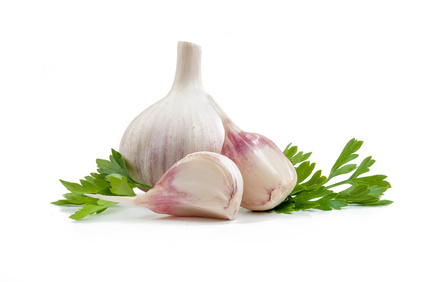Vitamin B6 (pyridoxine)
 Vitamin B6, also known as pyridoxine, is converted to the active forms, pyridoxal phosphate and pyridoxamine phosphate. Vitamin B6 is water-soluble and because it does not get stored in the body we depend on regular intake of the nutrient. Vitamin B6 is destroyed by heating and light.
Vitamin B6, also known as pyridoxine, is converted to the active forms, pyridoxal phosphate and pyridoxamine phosphate. Vitamin B6 is water-soluble and because it does not get stored in the body we depend on regular intake of the nutrient. Vitamin B6 is destroyed by heating and light.
Functions and importance for
- Energy turnover, especially the metabolism of protein and glycogen (sugar stored in the liver and muscles)
- Energy levels
- Blood levels of the amino acid homocysteine
- Nervous system
- Mental balance
- Formation of red blood cells that carry oxygen to all parts of the body
- Immune system
- Regulation of hormonal activity
- Reduction of fatigue and exhaustion
- Antioxidant that neutralises free radicals
Deficiencies and poor utilisation may be caused by
- Overconsumption of alcohol
- Estrogen and contraceptive pills
- Unbalanced diets
- Long-term and unvaried diet programmes
- Medical drugs such as e.g. antibiotics
- Chemotherapy and radiation therapy in connection with cancer
- Hydralazine against hypertension
- Penicillamine against kidney stones and chronic rheumatoid arthritis
- Levodopa against Parkinson's disease
Deficiency symptoms
- Fatigue
- Skin alterations
- Depression
- Changes in brain function
- Monocytic anemia - a type of anemia where red blood cells are too small
- Cramps similar to those observed with epileptic seizures
- Children may even experience indigestion
Sources
Mainly meat, fish, garlic, vegetables, whole-grain products, eggs, and dairy products
Content of vitamin B6 (pyridoxine) in mg per 100 grams
| Wheat germ | 1.42 |
| Garlic | 1.24 |
| Chicken | 0.53 |
| Avocado | 0.42 |
| Plaice | 0.31 |
Recommended daily allowance (RDA)
Adults: 11 years of age and older: 1.4 mg
Children: 1-10 years of age: 0.8 mg
Increased need
- Depends on protein consumption and energy turnover
- Hard physical labour
- Stress
- Contraceptive pills
- The above mentioned deficiency symptoms and use of certain drugs
Important information
Supplements should normally be taken with other B vitamins and not together with antacids.
Pregnancy
Studies suggest that large quantities of vitamin B6 may counteract nausea and vomiting during pregnancy. A physician must prescribe such doses.
Nutritional supplements and declarations
Vitamin B6 can also be declared as the total sum of the three natural active compounds: pyridoxine, pyridoxal, and pyridoxamine. Product labels often list pyridoxine hydrochloride instead of vitamin B6.
Overdosing - side effects
Vitamin B6 overdosing is rarely seen, as the nutrient is water-soluble and excess amounts are excreted in the urine. With ingestion of very large quantities such as 10 grams impaired coordination of movements may occur together with reduced sense of touch in arms and legs. The same symptoms may also occur after longer periods of ingesting doses of 100-200 mg of vitamin B6 (70-140 times above the RDA level)